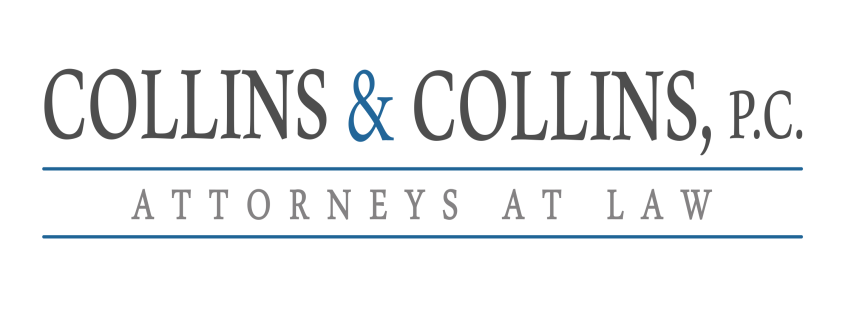There is no confusion over the top areas of medical negligence. There have been numerous studies that have shown the areas with the highest rate of medical error and patient harm. Likewise, there have numerous recommendations on how to avoid or minimize these errors.
The numbers on preventable medical error are astonishing. It has been suggested that these rates of error could be reduced by up to 70% with a variety of protective measures put in place. Some of the measures are basic common sense. Others are more technological and costly. It might be prudent to keep the words of Benjamin Franklin in mind when he said, “an ounce of prevention is worth a pound of cure”.
There is good reason for implementing protective measures even if they are costly. The estimates vary greatly on the costs of medical mistakes. It has been estimated that treatment necessitated by medical error accounts for anywhere from 18 to 45 percent of total healthcare spending. At either level, it represents hundreds of billions in spending.
Unfortunately, the reality remains that 1 in 3 patients suffer from hospital acquired injuries and 98,000+ die each year from preventable medical errors.
Here are the top areas of medical negligence and consequently the most common basis for medical malpractice claims:
- MEDICATION ERRORS: Medication errors are rampant in medical care, particularly in hospitals where it has been suggested that on average every hospital patient will suffer one medication error per day. These errors include the errors in prescribing or administering the wrong medication, to the wrong patient, in the wrong dosage, at the wrong time. This assumes that the medical provider administered the medication at all, which is also a significant area of neglect.
- DIAGNOSIS FAILURES: Failure to properly diagnose an illness is the second leading area of medical error. The failure to diagnose can have tragic and sometimes deadly consequences. These failures can result in either improper treatment or delayed treatment. These failures can be catastrophic for patients, particularly where they have a deadly, but treatable, illness or injury.
- NEGLIGENT SUPERVISION: The failure to properly supervise medical personnel at all levels. This includes the failure to supervise residents, nurses, staff and so on. Errors by improperly supervised medical personnel can have disastrous consequences for an innocent patient.
- DELAYED TREATMENT: The delay in treatment can be related to a failure to diagnose. It can also simply be the result of good old fashioned neglect and inattention. One not infrequent example occurs in the ER where a patient with an obvious medical emergency is left untreated for a long period of time which causes what would otherwise be preventable harm. Other errors might include delays in reviewing or communicating diagnostic results suggesting immediate or otherwise timely care
- FAILURE TO OBTAIN INFORMED CONSENT: This is both a common issue and a common defense of medical providers. In essence, the provider argues that you knew the risk of us screwing up and you let us treat you anyway. However, patients consent to competent medical care not to incompetent care and in New Mexico a broad consent will not prevent a claim, nor should it.
There are a number of other common areas of medical negligence. These are simply the most common malpractice claims. One thing to keep in mind is that contrary to the standard medical provider response, these errors are generally preventable.
Some of these preventable errors have become so prominent that it is argued by the medical profession that they are an inherent risk of medical care. This forms the basis for the informed consent forms that basically say whatever happens, it is to be expected, and you agree not to sue us.
If you or a loved one has suffered serious personal injury or wrongful death, and you believe it was the result of a preventable medical error, then you should run it by an attorney. You have a right to know and you have a right to recovery where medical negligence was the cause.
